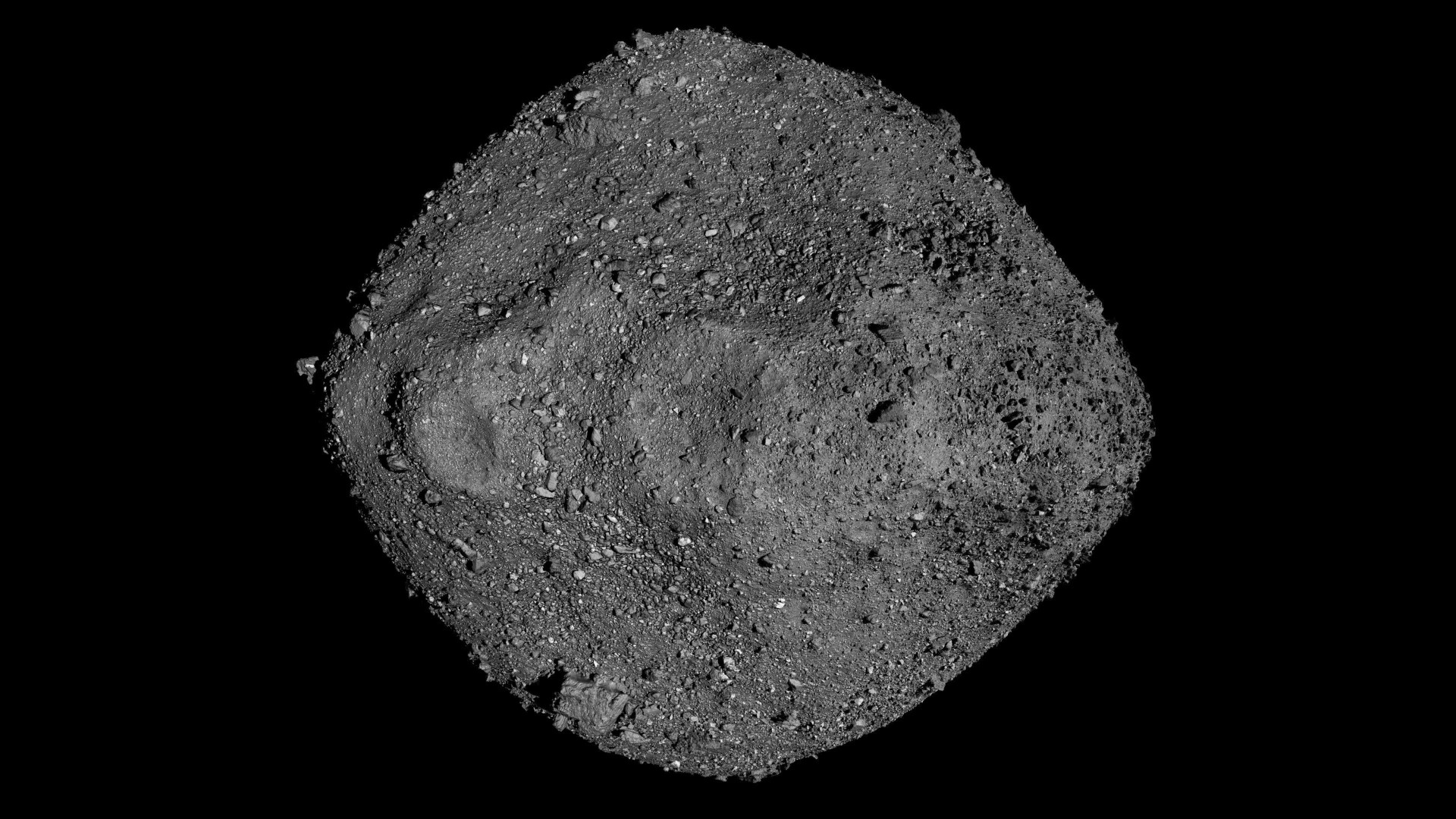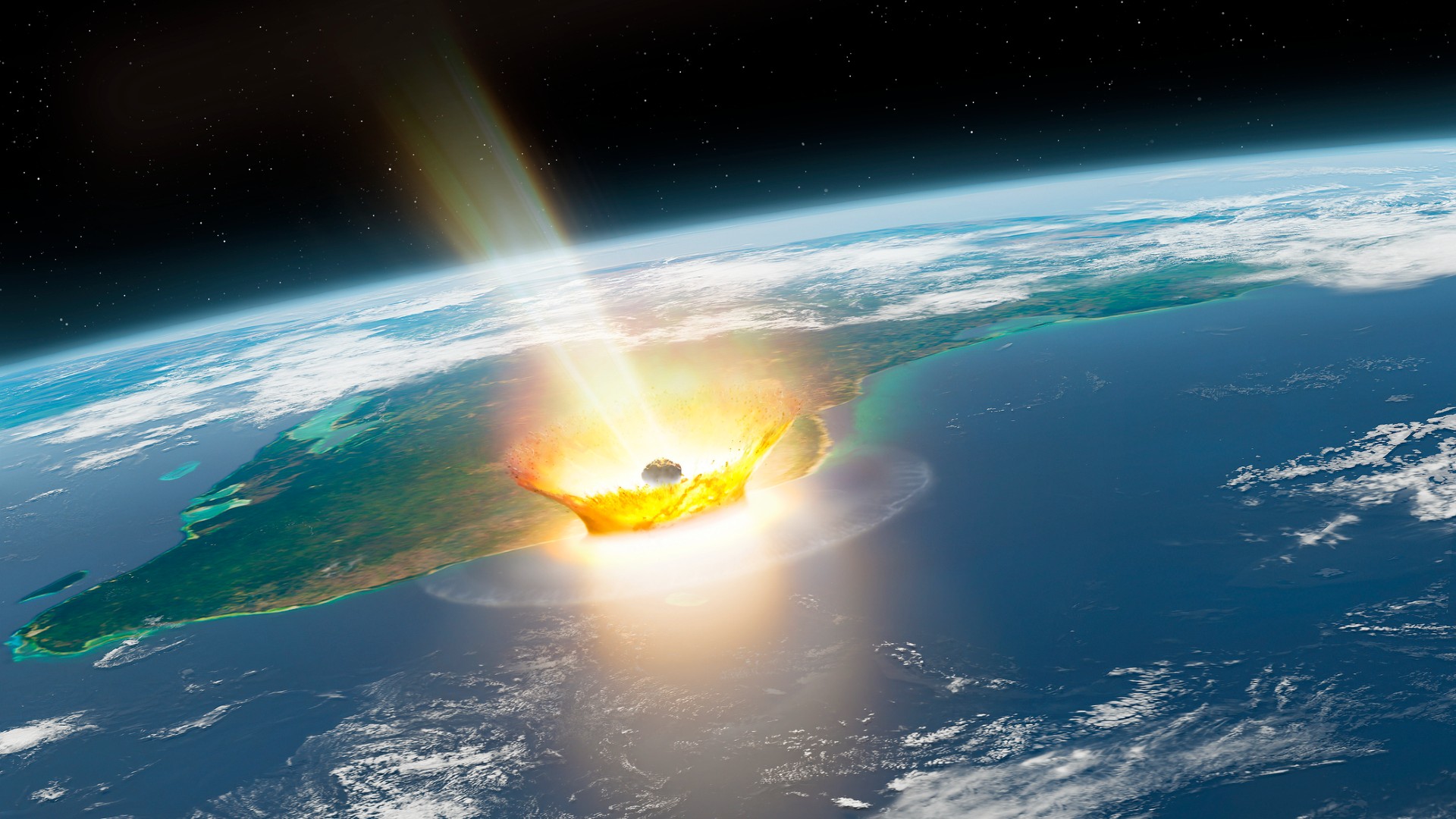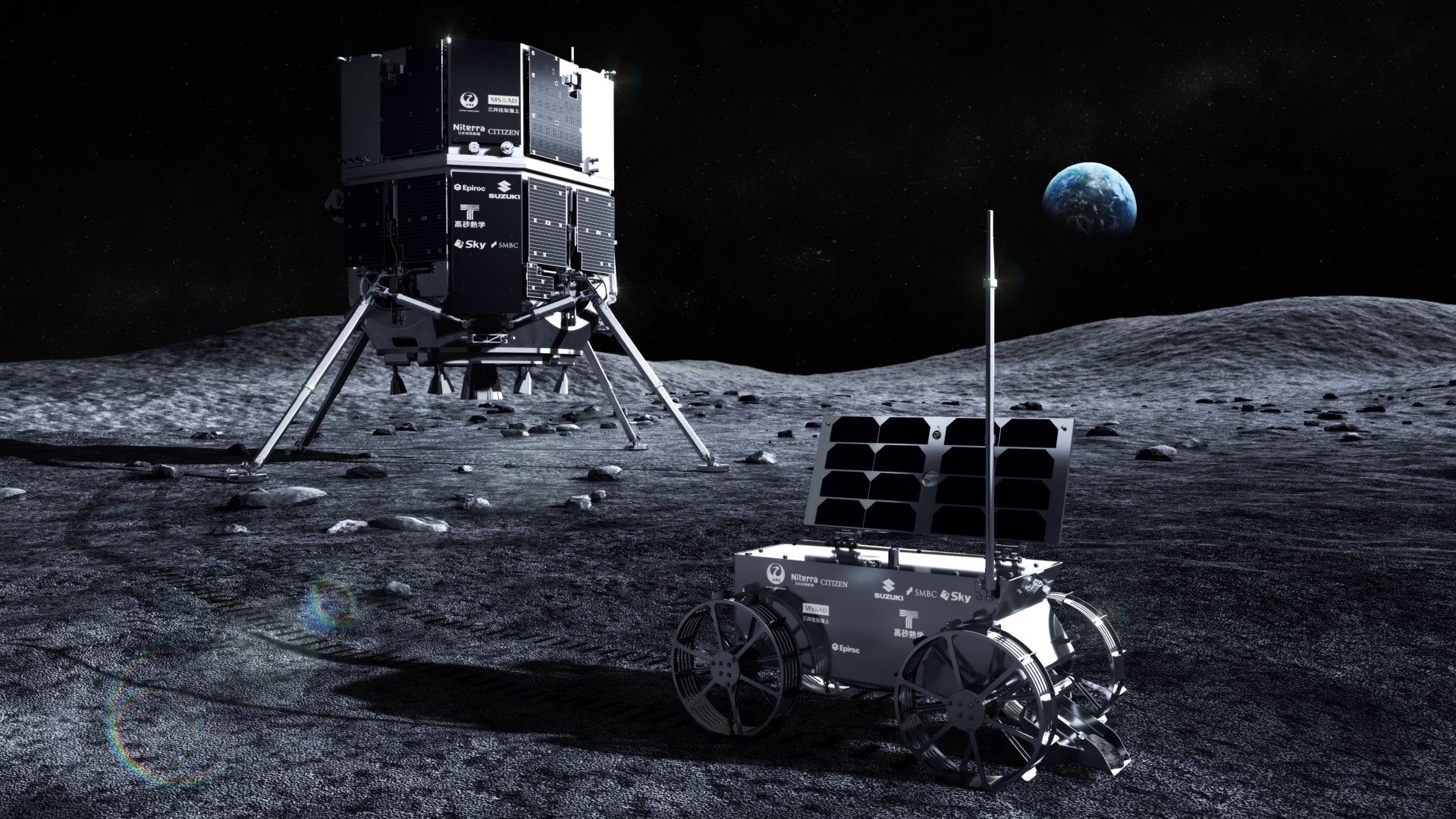What would happen if the OSIRIS-REx asteroid Bennu smashed into Earth in 2182?
Beyond the immediate impact damage, an asteroid impact would have long-lasting effects on Earth's atmosphere.

What would happen if Earth were struck by another catastrophic asteroid?
While such an event would be devastating, researchers at the IBS Center for Climate Physics (ICCP) at Pusan National University in South Korea wondered specifically how Earth's climate and ecosystems might change in the aftermath of such an impact. They calculated that there is a very small chance — about 1-in-2700, or 0.037% to be exact — that asteroid Bennu, which is roughly the size of the Empire State Building, could collide with our planet in September 2182. Bennu was the target for NASA's OSIRIS-REx asteroid sampling mission, which touched down briefly on the space rock in October 2020 to gather over 4 ounces of material, and then brought that sample back to Earth for a landing in the Utah desert in September 2023.
While the odds of Bennu impacting Earth may sound alarming, they're not entirely unexpected. "On average, medium-sized asteroids collide with Earth about every 100–200 thousand years. This means that our early human ancestors may have experienced some of these planet-shifting events before with potential impacts on human evolution and even our own genetic makeup," Axel Timmermann, professor at IBS and one of the study's contributing authors, said in a statement.
While some are left to worry about Bennu's low probability of impact, the IBS researchers used advanced climate models and the supercomputer Aleph to figure out what would happen after.
"Depending on the collision parameters, an impact between a medium-sized asteroid and Earth could cause regional to large-scale devastation," wrote Timmermann and his colleague Lan Dai in their study. "Beyond immediate effects such as thermal radiation, earthquakes, and tsunamis, asteroid impacts would have long-lasting climatic effects by emitting large quantities of aerosols and gases into the atmosphere."
Previous studies have extensively explored the aftermath of the much larger Chicxulub asteroid, which took place around 66 million years and was likely responsible for the mass extinction of the dinosaurs. But it was not the impact that had the most devastating effect: the 6-mile-wide (10 kilometers) asteroid ejected enormous amounts of dust, soot, and sulfur into the atmosphere, which created a global "impact winter."
"Less attention has been paid to the effects of medium-sized asteroid collisions, which are far more frequent than the 'planet killer' asteroids but yet still can have marked global consequences," wrote Dai and Timmermann.
Get the Space.com Newsletter
Breaking space news, the latest updates on rocket launches, skywatching events and more!
The impact excessive amounts of dust can have on the climate depend on several factors: how much dust enters Earth's atmosphere, where it gets "injected" and how long it hangs around.
After running several scenarios using their model, the researchers found that injecting around 100–400 million tons of dust into the atmosphere would cause dramatic disruptions to the climate, alter Earth's atmospheric chemistry, and reduce global photosynthesis for several years after the impact.
"The abrupt impact winter would provide unfavorable climate conditions for plants to grow, leading to an initial 20–30% reduction of photosynthesis in terrestrial and marine ecosystems," said Dai in a statement. "This would likely cause massive disruptions in global food security."

In the most extreme scenario, solar dimming caused by the dust could cool the planet by up to around 39 degrees Fahrenheit (4 degrees Celsius), reduce global rainfall by 15%, and deplete the ozone layer by about 32% — and these impacts could be even worse depending on the region.
This wasn't entirely unexpected, but the duo was surprised to find that oceanic data from their simulations showed plankton might recover more quickly than land plants. Instead of the rapid decline and slow two-year recovery seen on land, plankton in the ocean bounced back within six months and even increased beyond normal levels afterwards.
"We were able to track this unexpected response to the iron concentration in the dust," said Timmerman. This is because iron is a key nutrient for algae.
The Earth's upper crust contains around 3.5% iron, and dust generated on impact would carry these nutrients into the ocean, along with any additional iron that might be carried by the asteroid.
"Depending on the iron content of the asteroid and of the terrestrial material, that is blasted into the stratosphere, the otherwise nutrient-depleted regions can become nutrient-enriched with bioavailable iron, which in turn triggers unprecedented algae blooms," the scientists wrote in their study.
"The simulated excessive phytoplankton and zooplankton blooms might be a blessing for the biosphere and may help alleviate emerging food insecurity related to the longer-lasting reduction in terrestrial productivity," added Dai.
The world would undoubtedly change after such an event, with rapid cooling and ecosystem collapse making survival a challenge. However, understanding these potential impacts could help prepare humanity for this possible future.
"Our simulated climatic and ecological responses to dust injections from medium-sized asteroid collisions provide the basis to quantify the possible effects of abrupt events on planetary life," they concluded.
The study "Climatic and ecological responses to Bennu-type asteroid collisions" was published in the journal Science Advances on Feb. 5.
Join our Space Forums to keep talking space on the latest missions, night sky and more! And if you have a news tip, correction or comment, let us know at: community@space.com.

A chemist turned science writer, Victoria Corless completed her Ph.D. in organic synthesis at the University of Toronto and, ever the cliché, realized lab work was not something she wanted to do for the rest of her days. After dabbling in science writing and a brief stint as a medical writer, Victoria joined Wiley’s Advanced Science News where she works as an editor and writer. On the side, she freelances for various outlets, including Research2Reality and Chemistry World.
-
Joshua Zev Levin One correction:Reply
A temperature of 39°F is equivalent to 4°C. A temperature difference of 39°F is equivalent to a difference of 5/9 x 39 = ~21.7°C.
